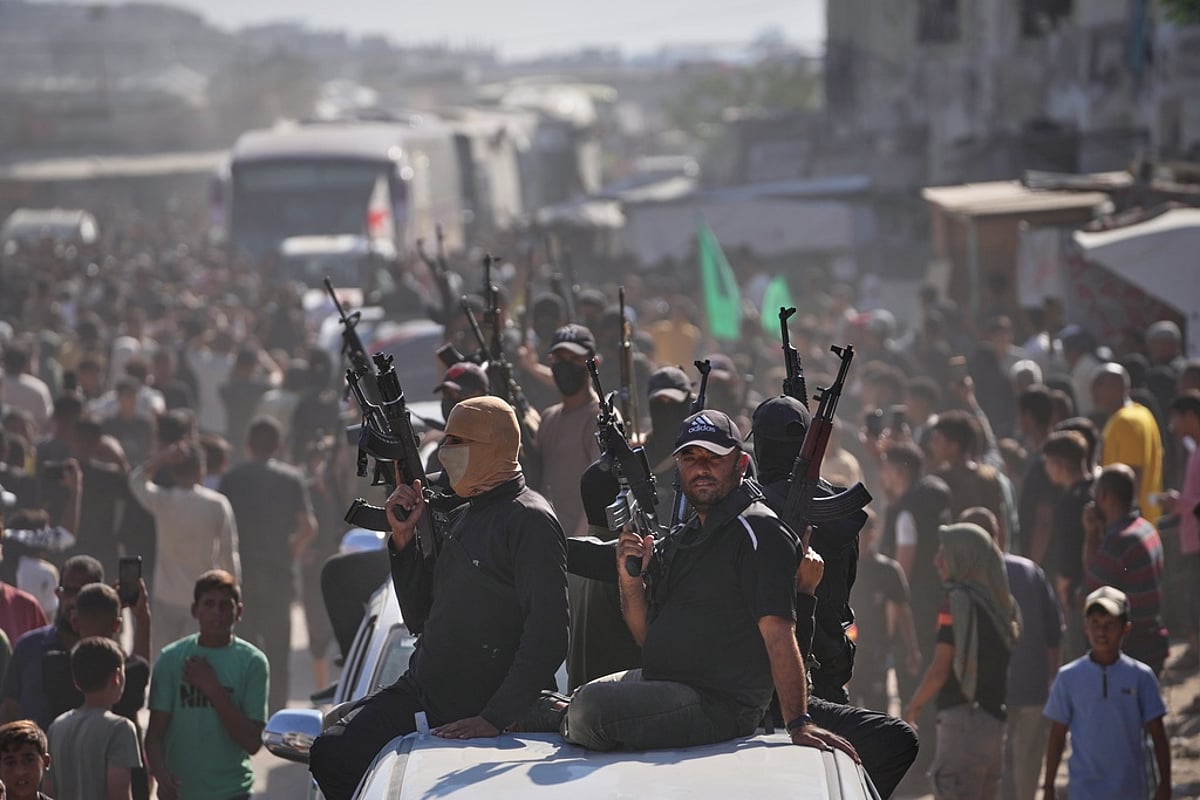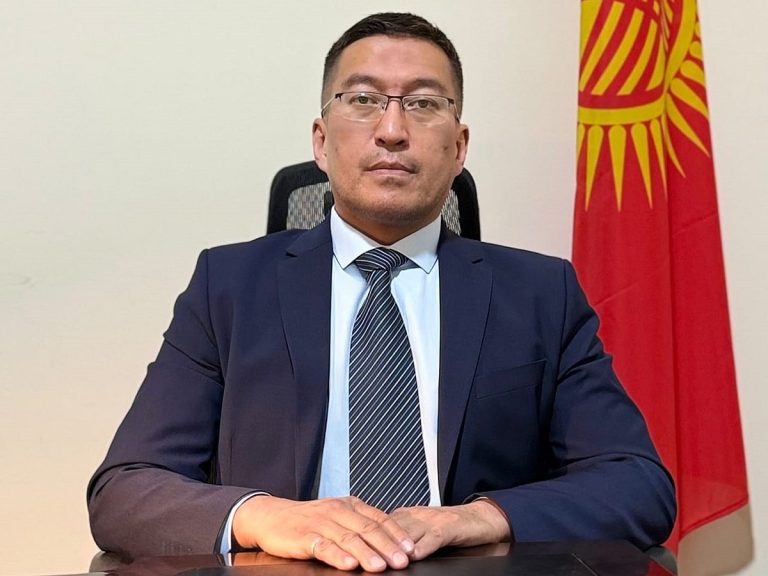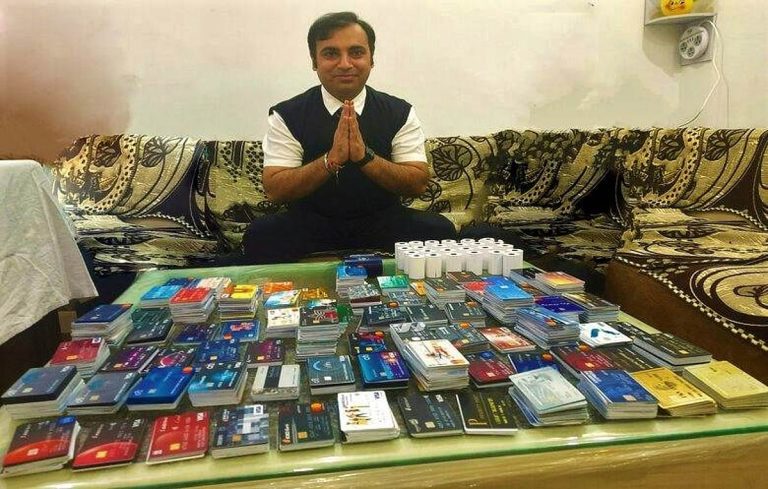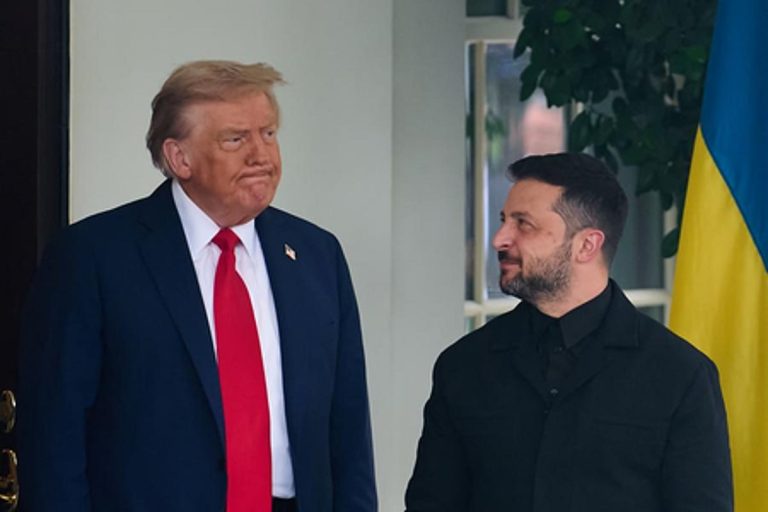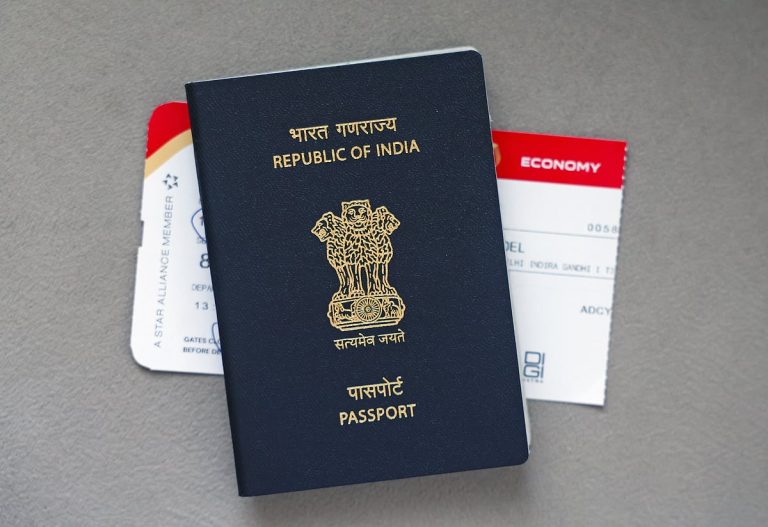Hamas Regains Control in Gaza Amid Ongoing Ceasefire Tension
In the wake of a tenuous ceasefire in Gaza, Hamas has resumed its presence on the streets, engaging in violent confrontations with armed groups and targeting alleged criminals. This resurgence comes as the militant organization seeks to restore order in areas previously dominated by Israeli forces, raising concerns about the stability of the fragile truce.
Hamas’s Return to Power
As the ceasefire holds, Hamas security forces have reestablished their authority in Gaza, clashing with various armed factions and reportedly killing individuals accused of criminal activities. The group’s actions are framed as necessary measures to combat lawlessness that has proliferated following the withdrawal of Israeli troops. While some Palestinians view this as a positive step towards restoring security, others fear it could jeopardize the ceasefire.
Israeli Prime Minister Benjamin Netanyahu has made it clear that the conflict will not conclude until Hamas is dismantled. Concurrently, U.S. President Donald Trump’s ceasefire proposal demands that Hamas disarm and transfer power to an internationally-supervised authority, which has yet to be established. Hamas has expressed its willingness to negotiate but has not fully accepted these terms, insisting that any transition must not lead to chaos.
The Impact of Armed Groups
The recent power vacuum in Gaza has allowed various local families and armed gangs, some of which are anti-Hamas and reportedly backed by Israel, to gain influence. These groups have been accused of exploiting humanitarian aid for profit, exacerbating the dire humanitarian situation in the region. Nahed Sheheiber, head of Gaza’s private truckers union, highlighted that Hamas is targeting gangs that have terrorized residents and looted aid under the guise of the Israeli occupation.
Clashes and Violence
Over the weekend, Hamas fighters engaged in violent confrontations with a gang affiliated with the Doghmush family in Gaza City, following the murder of a Hamas militant. Reports indicate that this gang has been involved in criminal activities, including the looting of aid convoys. The violence has resulted in numerous casualties, including members of both the gang and Hamas.
Hamas has claimed responsibility for targeting “collaborators and traitors” working with Israel, and its security forces have been accused of extrajudicial killings. Human rights organizations, such as the Gaza-based Al Mezan Center for Human Rights, have condemned these actions, calling for accountability and adherence to legal standards.
Public Response and Security Measures
Despite the violence, some residents have welcomed the return of Hamas security forces as a necessary step towards restoring order. Hossam Al-Astal, a leader of an anti-Hamas militia, has openly rejected Hamas’s authority, indicating a growing divide among armed factions in Gaza. The Hamas-run Interior Ministry has announced a weeklong amnesty for gang members not involved in bloodshed, urging them to surrender to avoid prosecution.
The Future of Ceasefire Negotiations
The ongoing presence of armed groups complicates the situation, as Hamas has indicated a willingness to relinquish heavier weaponry but insists on retaining lighter arms for self-defense. This stance poses challenges for future negotiations regarding disarmament and the establishment of a stable governance structure in Gaza.
FAQs
What actions has Hamas taken to restore order in Gaza?
Hamas has reasserted its authority by clashing with armed groups and targeting individuals accused of criminal activities, claiming these actions are necessary to restore law and order.
How has the international community responded to Hamas’s actions?
The international community, particularly the U.S., has called for Hamas to disarm and transfer power to an internationally-supervised authority, but Hamas has not fully accepted these terms.
What are the implications of the ongoing violence in Gaza?
The resurgence of violence and the presence of various armed groups threaten the fragile ceasefire and complicate negotiations for a peaceful resolution in the region.
Conclusion
The situation in Gaza remains precarious as Hamas attempts to reestablish control amid ongoing violence and lawlessness. The group’s actions, while welcomed by some, pose significant risks to the fragile ceasefire and future negotiations. As tensions persist, the international community will need to navigate these complexities to foster a lasting resolution.
Also Read:
Dunes International School: Empowering Future Innovators
Key Challenges After Gaza Peace Agreement Signed in Cairo
BLS International’s Debarment: Impact on UAE Visa Services

